Our Sealcoating Process
Sealcoating is one of our most popular services, and we're proud to be the sealcoating company that Lombard trusts! Many of our clients return again and again to Walsh Sealcoating because they know they can trust us to get the job done right. In today's blog post, we're diving in depth into the asphalt sealcoating process so that our customers can understand what goes into this work.
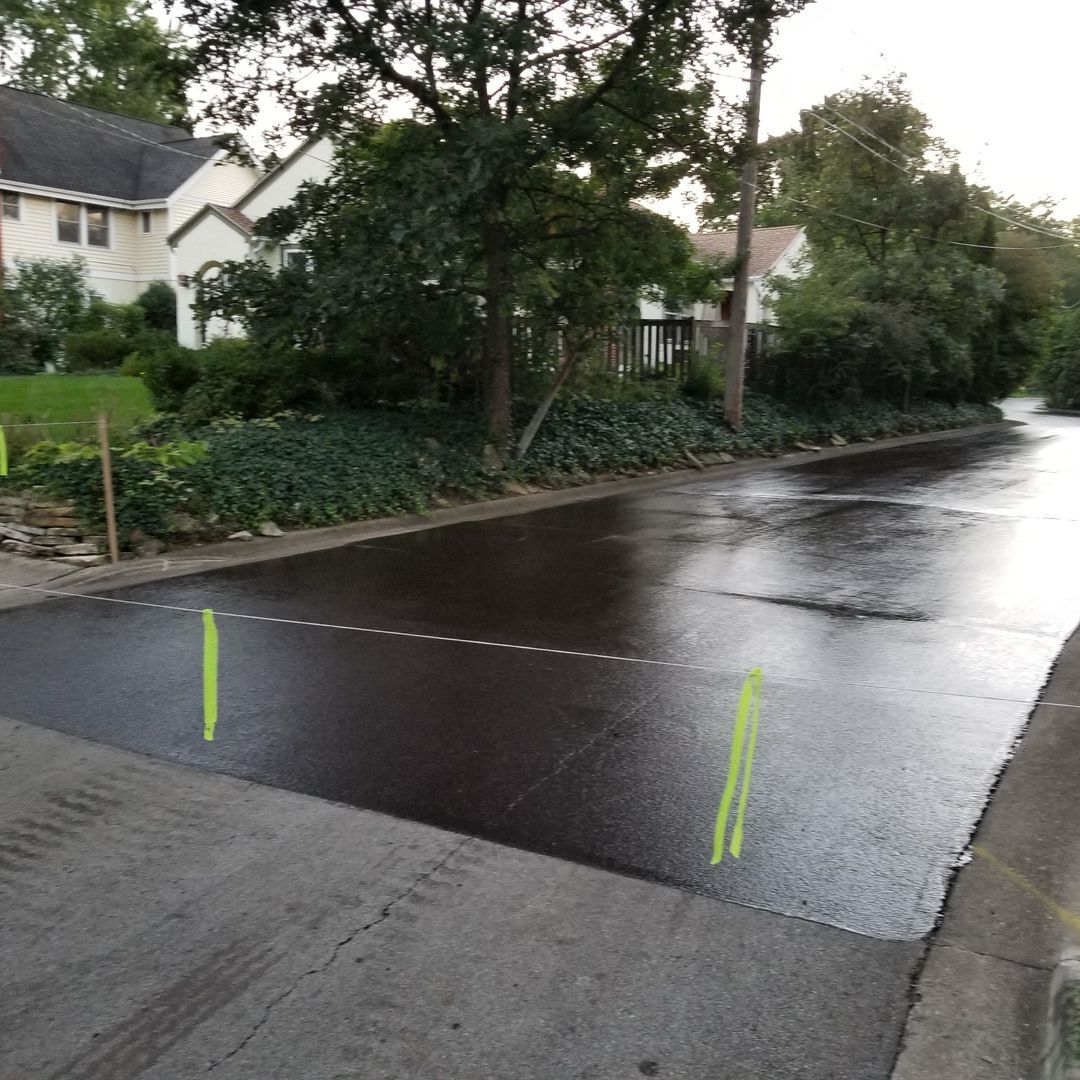
What is Sealcoating?
First things first: what exactly is sealcoating? Sealcoating is a process of applying a protective coating to asphalt pavement. This coating helps protect the pavement from damage caused by sun, water, and traffic. It also gives the pavement a fresh appearance and can extend its lifespan.
Benefits of Sealcoating
There are many benefits to sealcoating your asphalt pavement. As we mentioned, it helps to protect the pavement from damage. But it also makes the pavement look better! A fresh coat of sealant will give your pavement a nice, even color and fill in any cracks or divots. This can make a big difference in the curb appeal of your property.
Sealcoating can also help to extend the lifespan of your pavement. By protecting the pavement from damage, you're helping to prevent it from deteriorating prematurely. This can save you money in the long run by delaying the need for costly repairs or replacements. If you’re interested in sealcoating, get a quote today!
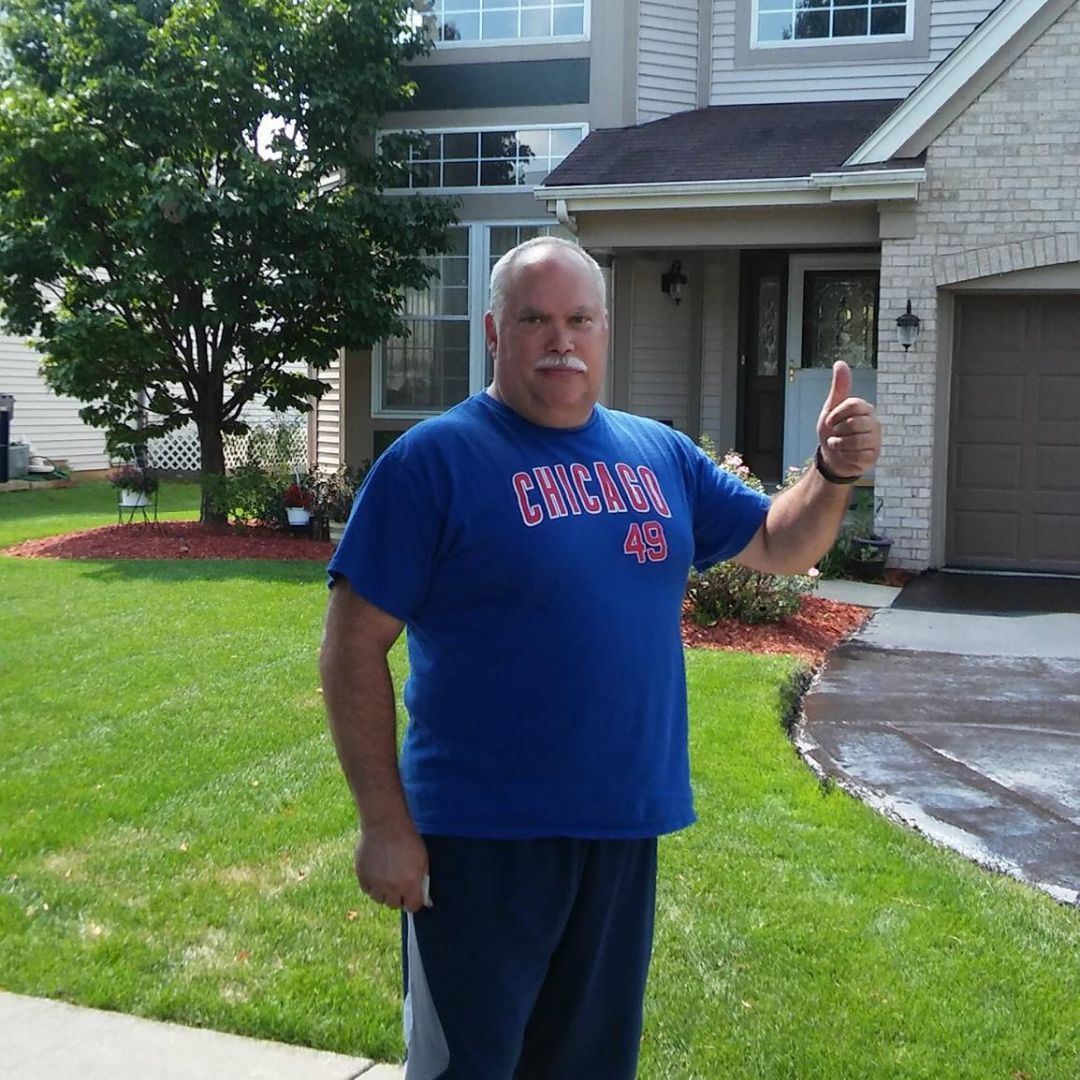
Our Sealcoating Process
Now that we’ve outlined the benefits of sealcoating, let's dive into the process!
Step 1: Cleaning
The first step of our sealcoating process is cleaning the surface that will be sealed. This is an important step because it helps ensure the sealant will adhere properly. We use a power washer to remove any dirt, debris, or vegetation from the surface.
Step 2: Edging
After the surface is clean, we use an edging tool to create a sharp line between the asphalt and any adjacent surfaces (such as concrete or grass). This step helps ensure that the sealant is applied evenly.
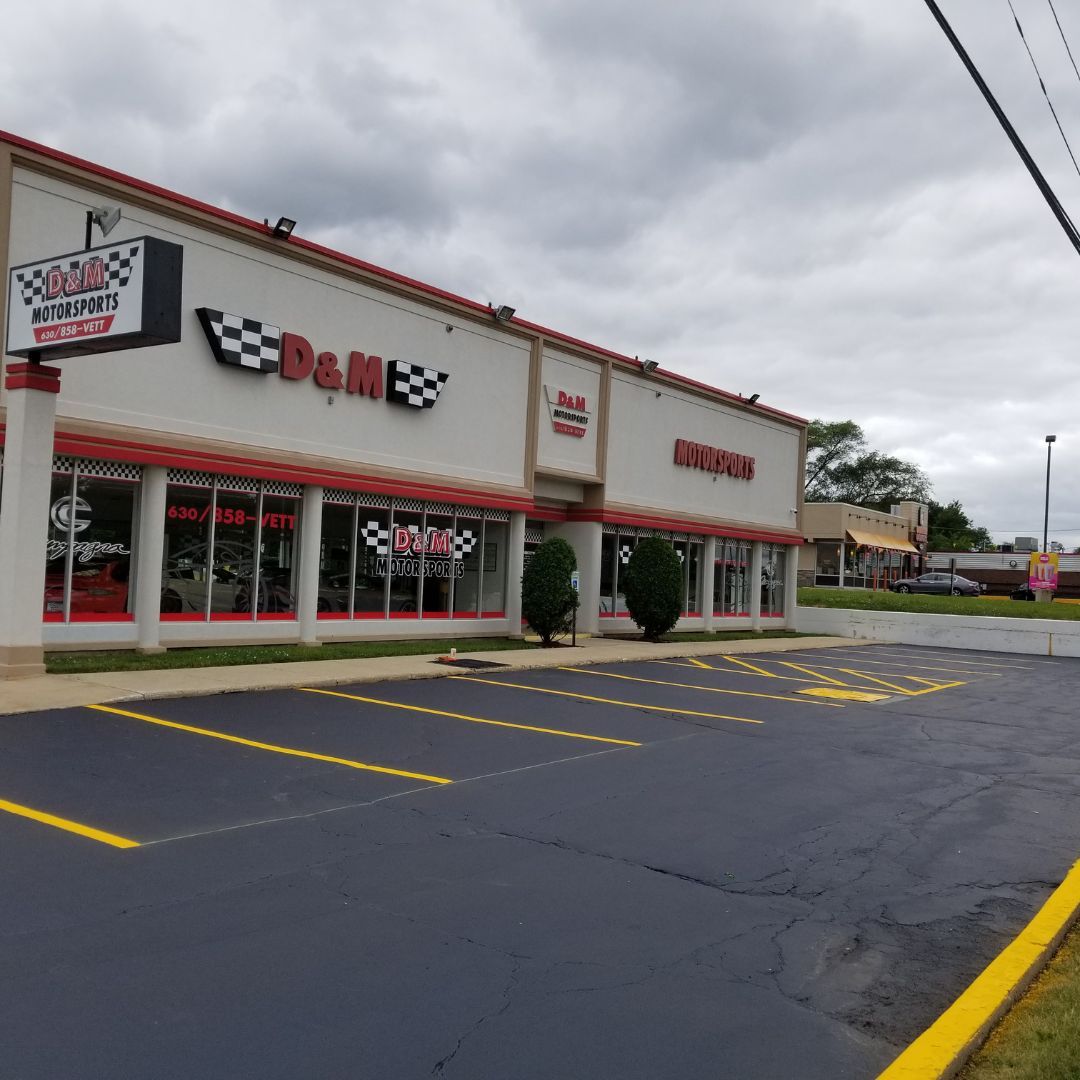
Stain and Crack Repair
Step 3: Oil Stain Treatment
If there are any oil stains on the surface, we treat them with a special solution before sealcoating. This is designed to help the sealant bond properly with the asphalt. If you have oil stains on your asphalt, please talk to the team at Walsh Sealcoating in Lombard — we’ll help you decide whether sealcoating or paving is right for you.
Step 4: Crack Filling or Crack Repair
The next step is to fill any cracks in the surface and grade the asphalt. This helps create a smooth, even surface for the sealant to be applied. There are a variety of ways to fill cracks, and the effectiveness of the crack filling depends on the age of your asphalt and the size of the crack. Crack filler can last for years on the right surface and with the right care, but if you're a commercial client or have heavy vehicles on your asphalt, filler may only last a couple of days. Our professionals at Walsh Sealcoating will make a recommendation on whether or not crack filling is a good option for you.
If you're looking for a long-term crack solution, we can perform hot rubber crack repair. Cracks do grow over time, and repairing them with hot rubber can be a good option. However, you will need to weigh the cost of repair over repaving, particularly for commercial clients with large parking lots.
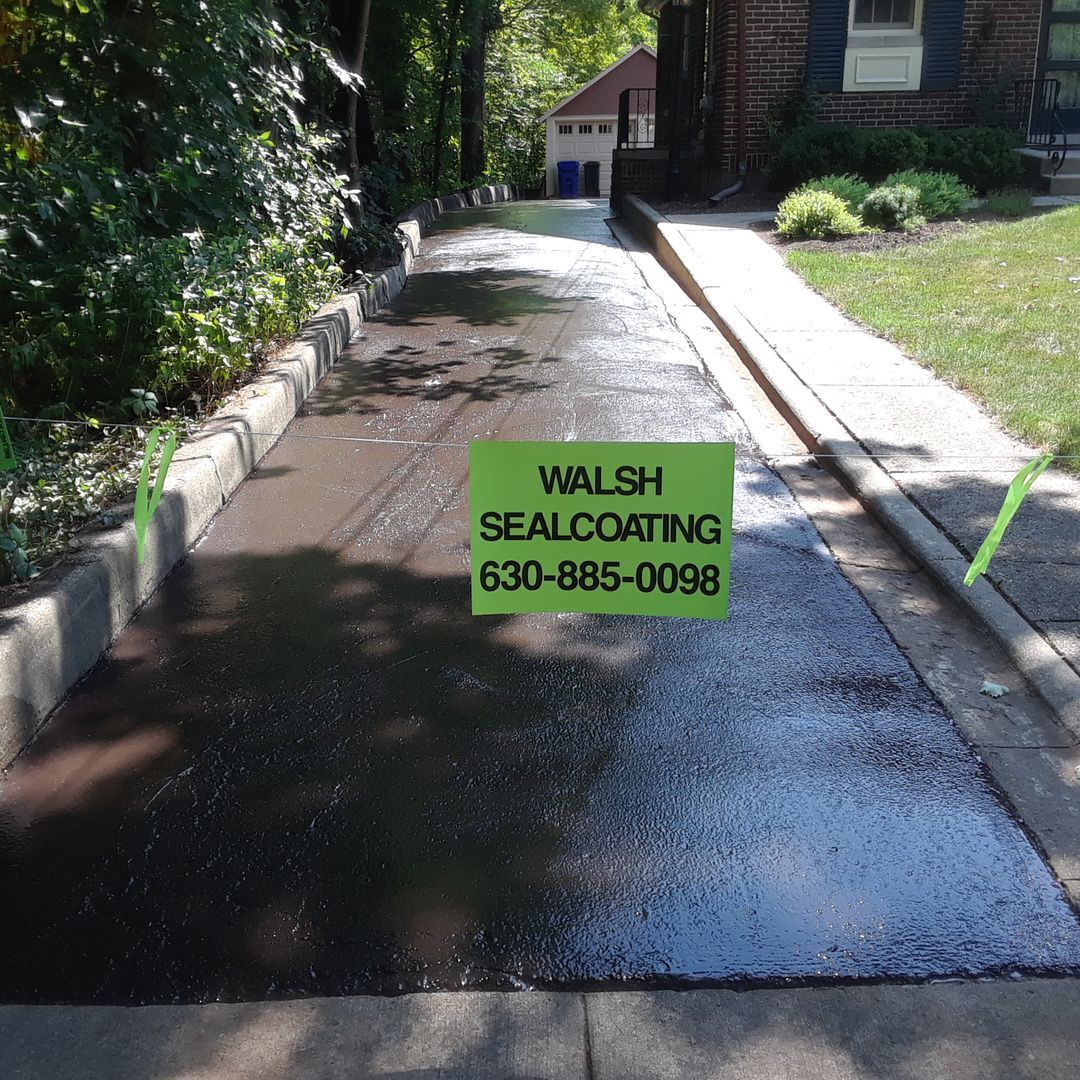
Application And Curing
Step 5: Application of Sealant
Once the surface is prepared, we apply the sealant using a commercial-grade brush. This allows us to get into all the nooks and crannies of the surface for a more thorough seal. We then use a squeegee to remove any excess sealant. While the hand application method is more labor intensive, it allows for a more thorough seal. This is important because it helps to protect your asphalt from the elements and wear and tear.
We utilize only the best pavement sealer products, and if you're interested in what type of sealer we use or why we've chosen it, please contact us in Lombard! We're more than happy to go into more depth about why we do what we do.
Step 6: Curing
After the sealant has been applied, we allow it to cure for 24 to 48 hours before allowing foot or vehicle traffic on the surface. This allows the sealant to fully bond with the surface and achieve its maximum strength.
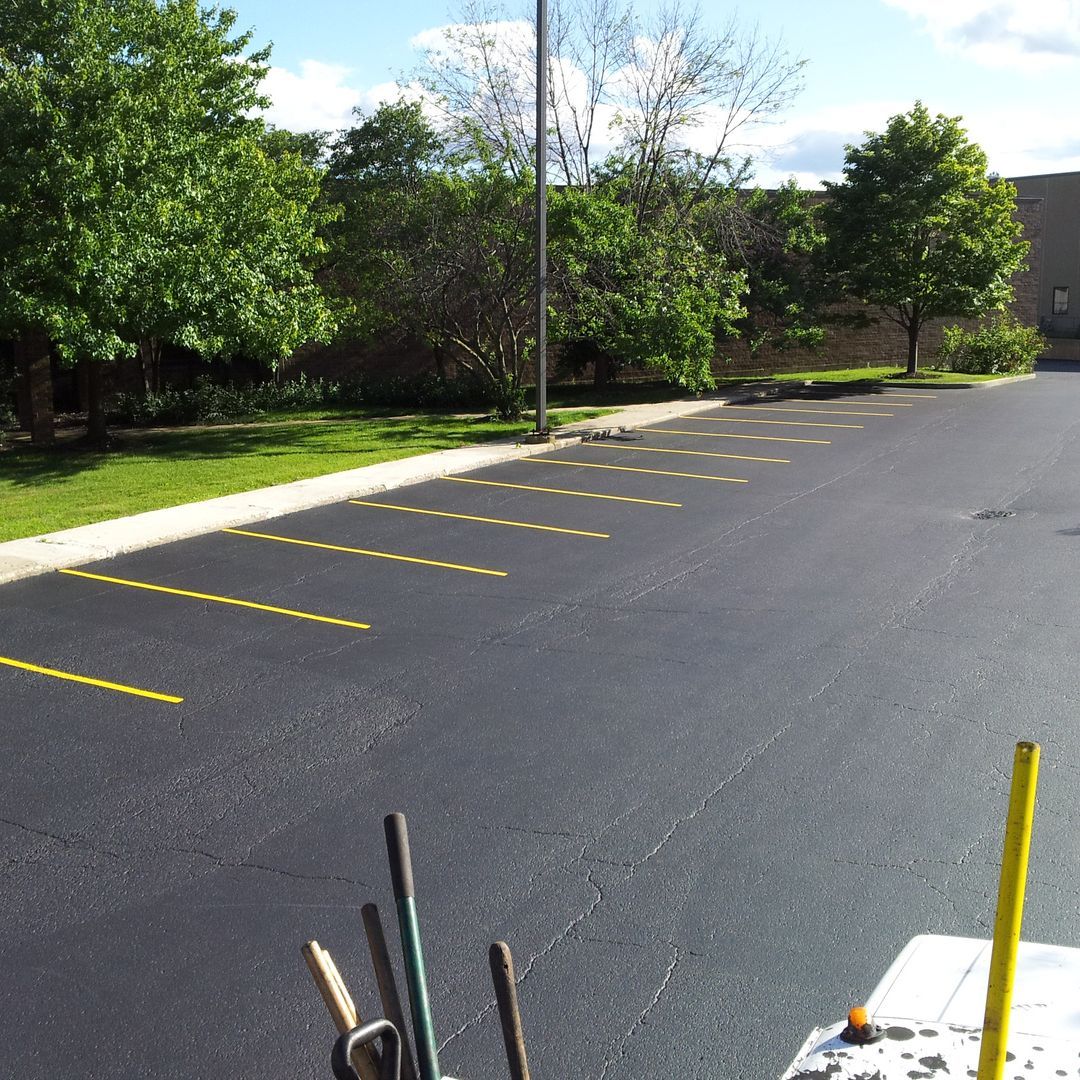
Why Do I Need Sealcoating?
Now that you know more about our process, you might be wondering why sealcoating is important. Asphalt surfaces are subject to a lot of wear and tear, and over time, they can become brittle and cracked. Sealcoating helps to protect your surface from the elements and extends its lifespan. In addition, sealcoating gives your asphalt a fresh, new look.
How Often Should I Sealcoat?
How often you need to sealcoat depends on a variety of factors, such as the age of your asphalt, the type of traffic it gets, and the weather conditions in your area. We recommend having your asphalt sealed every two to three years. However, if you have a commercial parking lot or heavy traffic, you may need to sealcoat more often.
If you're not sure how often you should be sealcoating your asphalt, our professionals can help you determine the best schedule for your needs. We'll take into consideration the age of your asphalt, the type of traffic it gets, and the weather conditions in your area to make a recommendation.
Contact Walsh Sealcoating For Your Free Estimate!
Are you ready to get started on sealcoating your asphalt surface? Contact us today in Lombard for a free estimate on sealcoating or paving! Our professionals are always happy to answer any questions you may have about our process or our products. We look forward to working with you!
